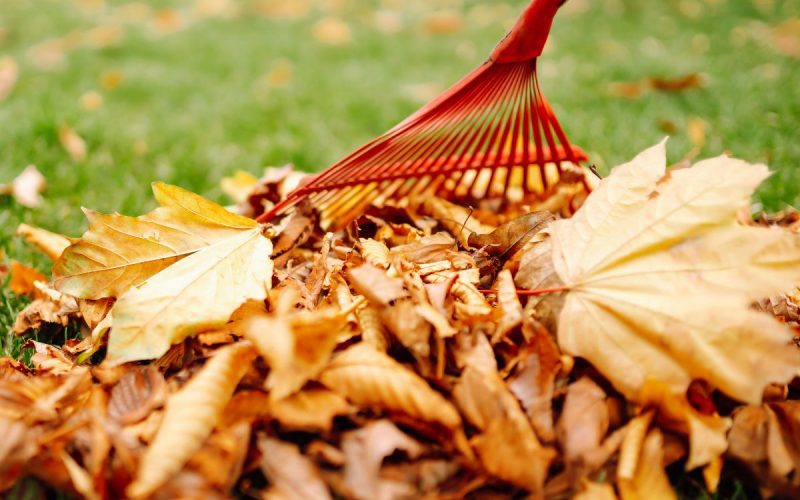Now that we’ve reached the heart of autumn, it’s time to take a different look at how we do our yard work. Some of the tasks you handled throughout the summer will stay the same, while others will change a bit.
There are many reasons you need to be aware of the lawn care tasks that you need to do during the fall. For example, failing to do them will lead to dead or decaying grass come spring.
Once you have the essential equipment required for better lawn care, you’ll be ready to take on these yard-based autumn tasks.
Continue Cutting the Grass
While few people stop cutting their grass in the fall, many lawn owners slow down and don’t mow or trim as frequently. However, this pause in lawn care isn’t a good idea.
Grass continues growing at a constant rate until the first frost of the year, so you should keep up with the mowing until then. Continuing with your summer rate should suffice during this time of year.
Keep Up With the Watering
Another task people tend to stop doing in the fall is watering. Since your grass is still growing during this time, you need the roots to remain well hydrated and provide plenty of nutrients.
Depending on some circumstances, though, you might want to slow down your watering schedule. In many regions, autumn weather involves much more rain than the summer, so you won’t need to water the grass as often.
Plus, since the sun isn’t out as much in the fall, less evaporation will lead to more water seeping into the dirt. Just be sure to monitor the forecast and water the grass yourself after enough time without rainfall.
Remove Leaves When Necessary
One lawn care task that people associate with doing in the fall season is raking the leaves. However, not as many people know why this job is so vital.
Since the grass is still growing, it needs access to the little bit of sunlight it receives during the day. If there is a blanket of leaves on the ground, your lawn won’t receive the light it requires.
On top of that, if the sun can’t reach the excess moisture on the ground from the rain and morning dew, your grass might drown. This can be equally bad for your lawn, so make sure you keep up with your raking.
Fertilize Your Yard if Required
Finally, fall is typically the ideal time to fertilize your lawn. While most grasses thrive from pre-frost fertilizer, the type of grass you have will determine the best time of year to fertilize your lawn.
Being mindful of the plant life on your lawn and using fertilizer at the correct time ensures your lawn will be as healthy as possible come next spring.

